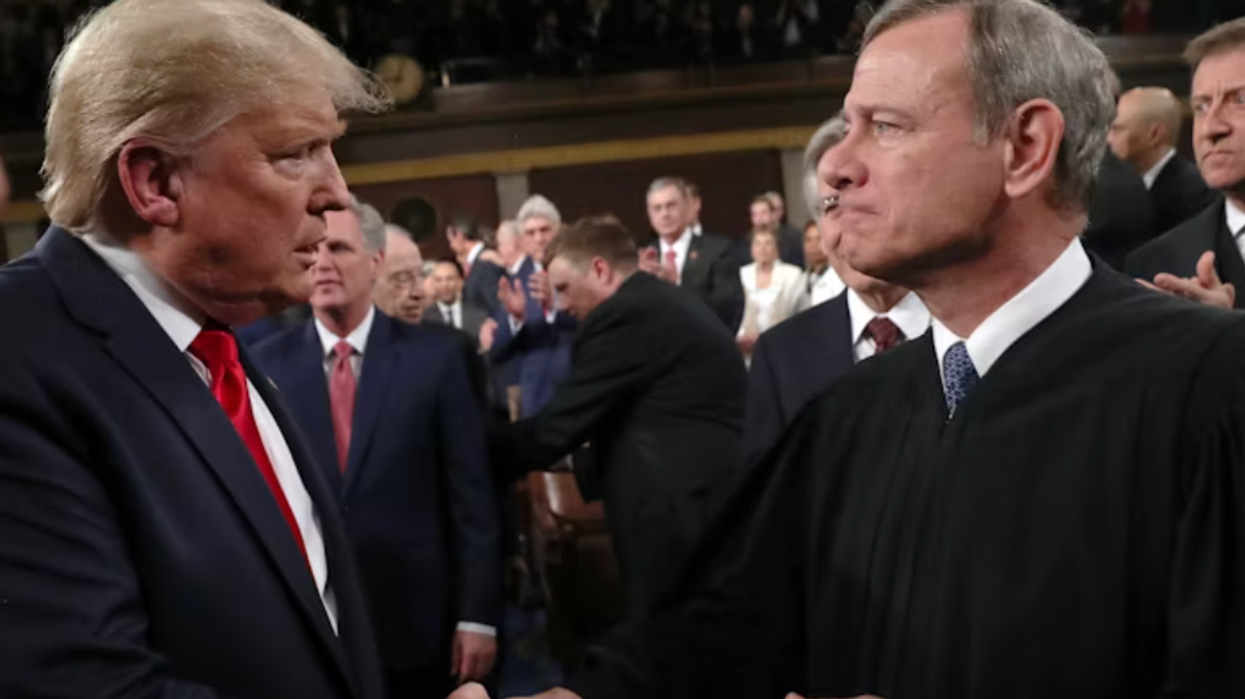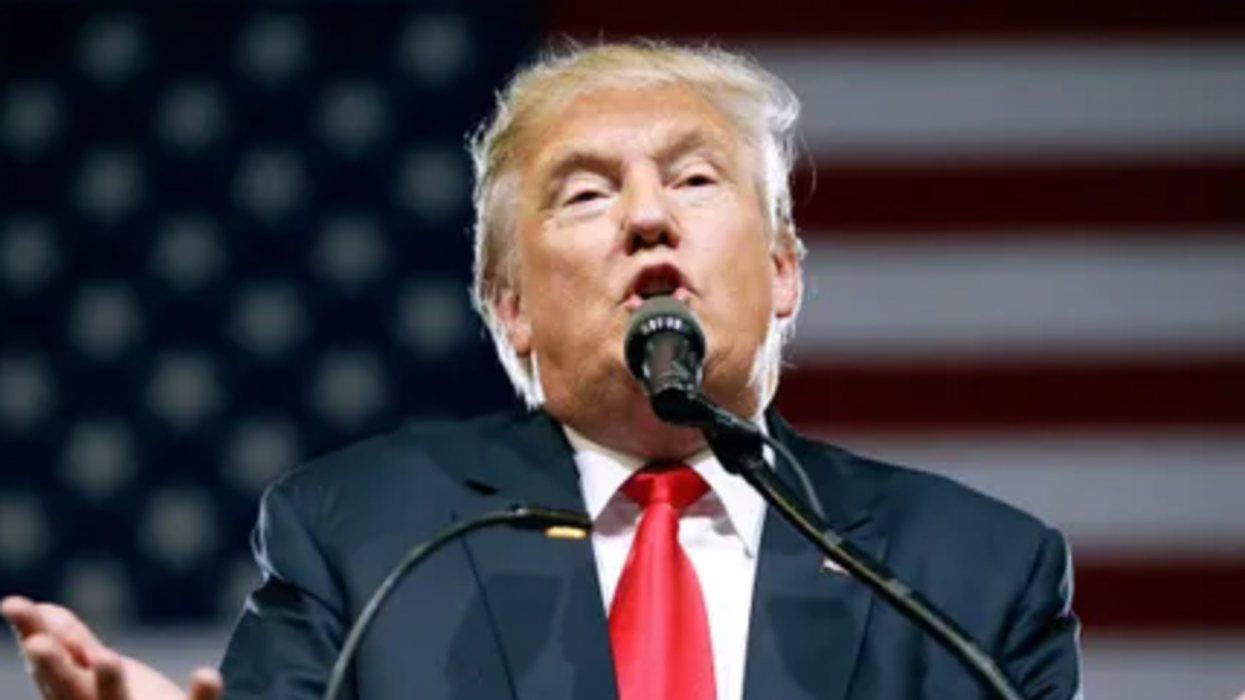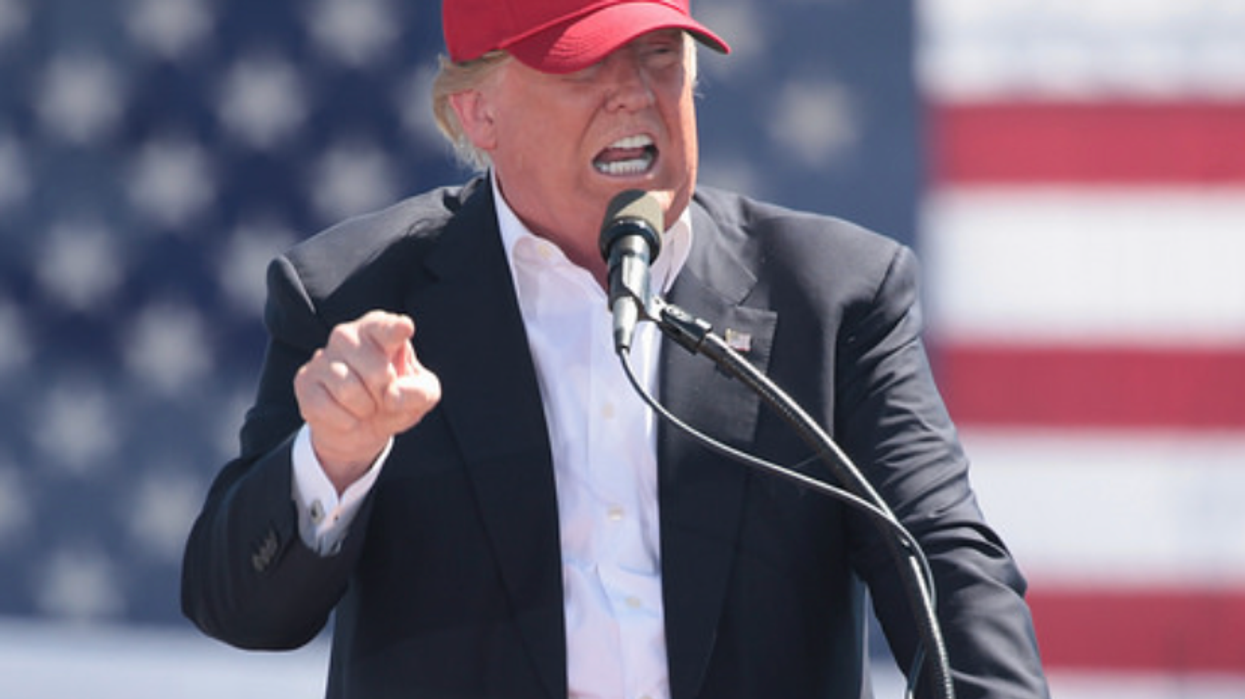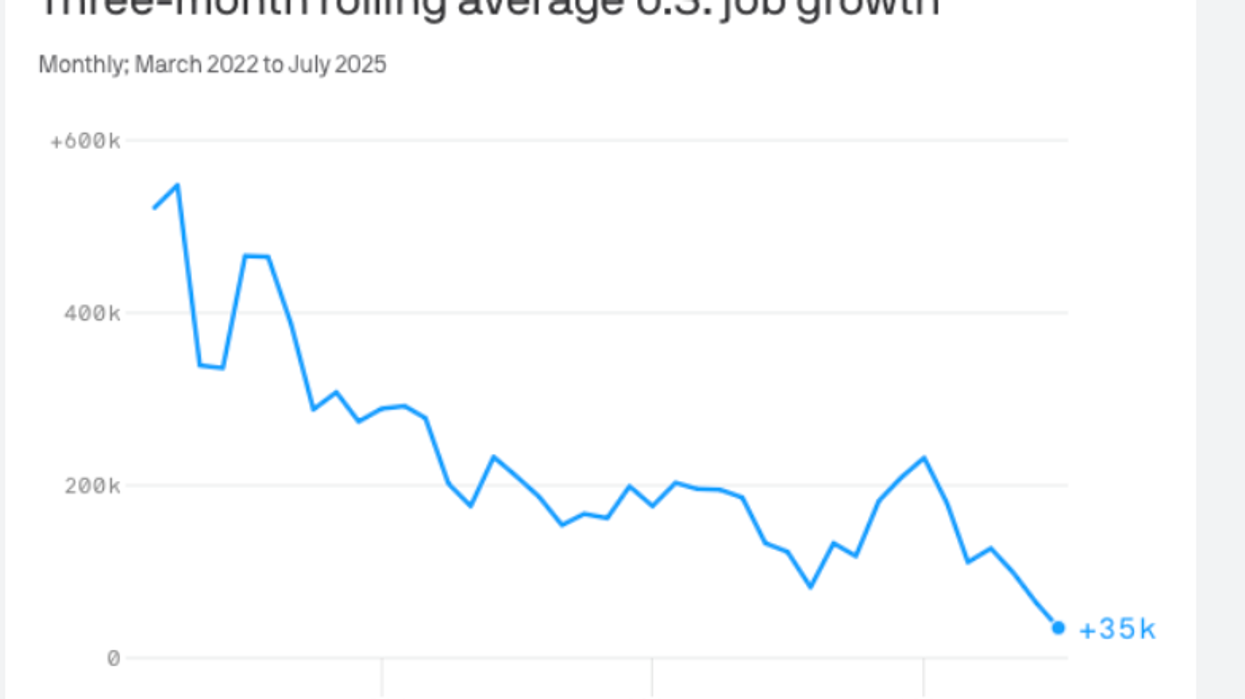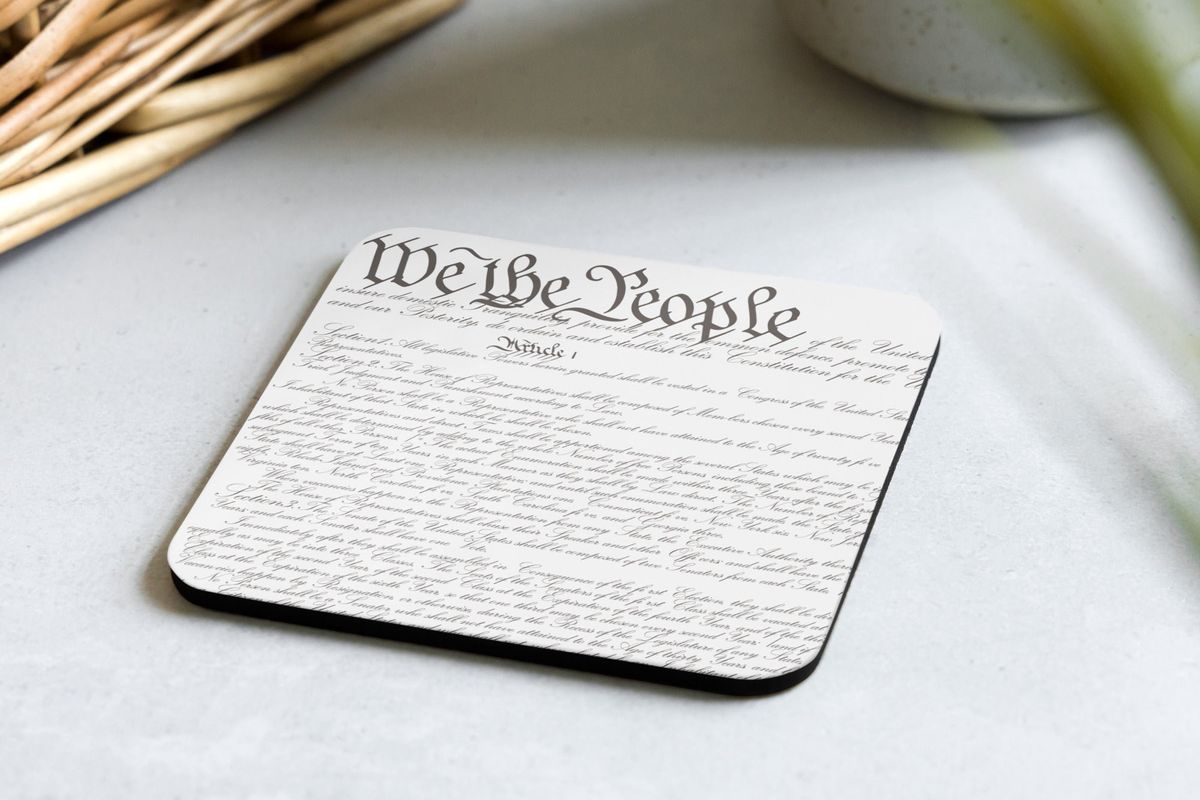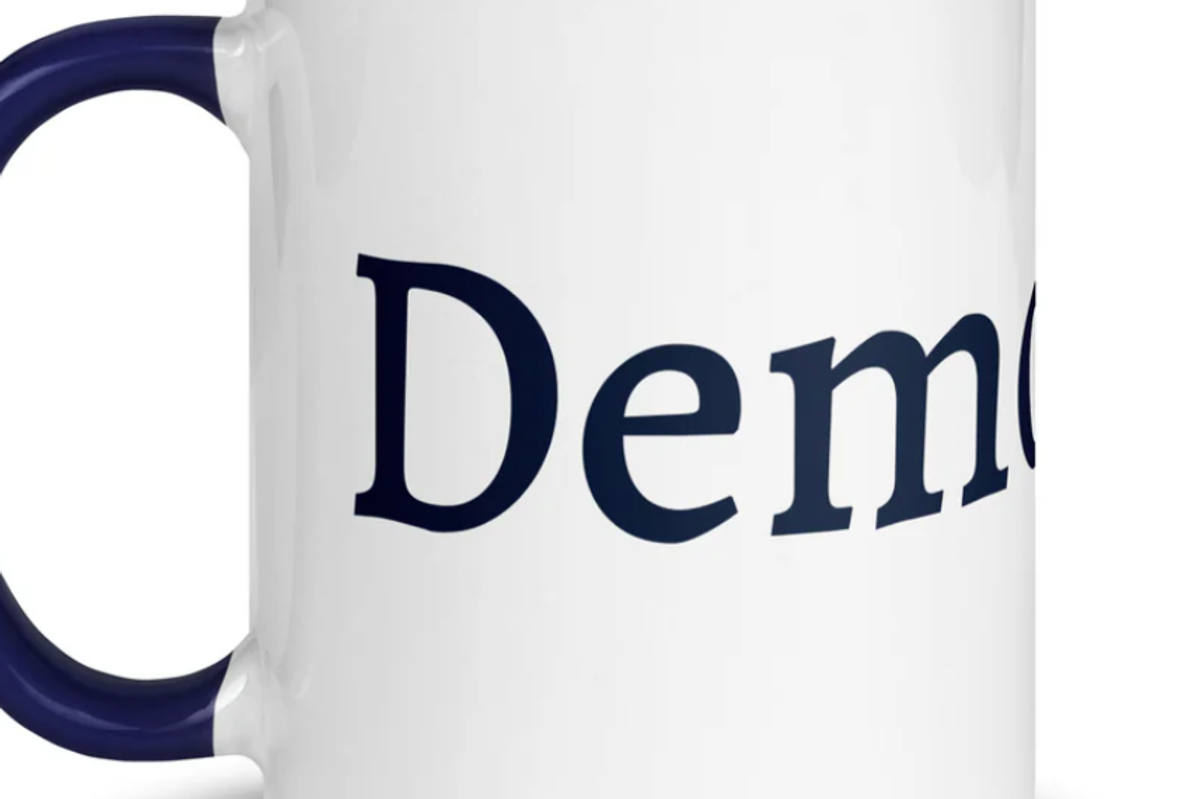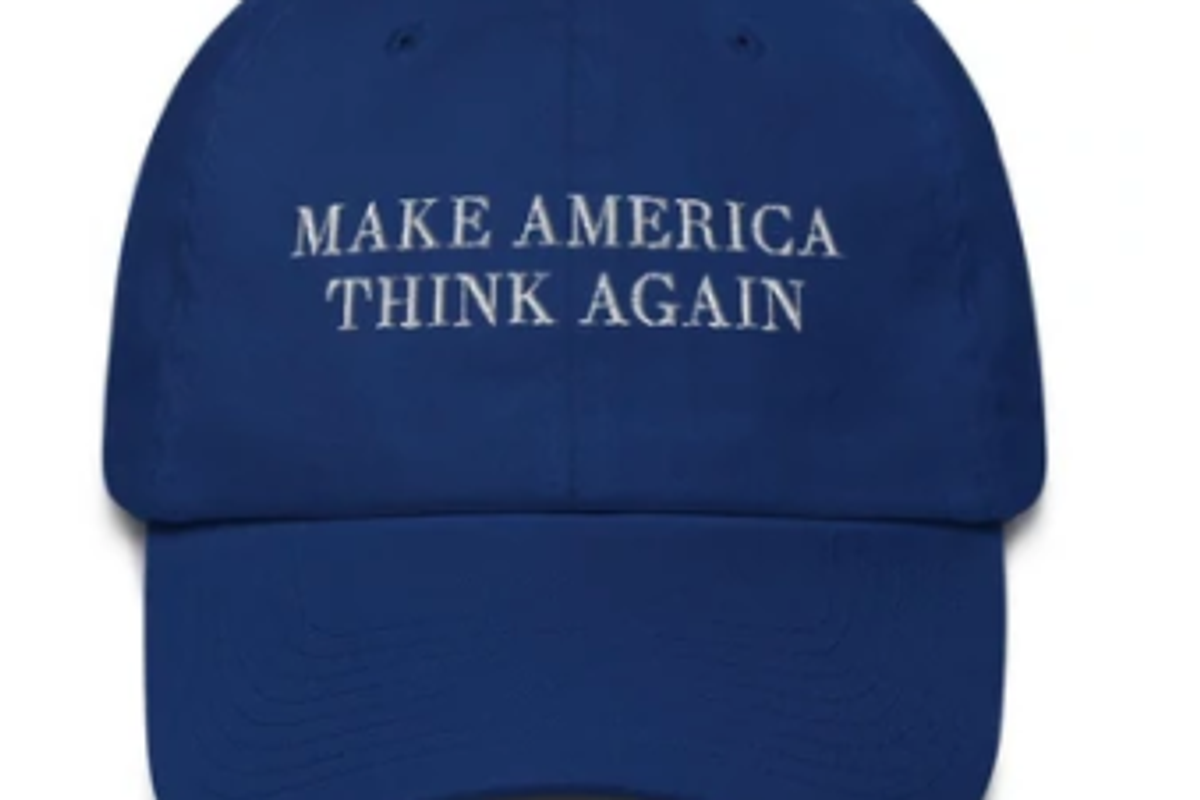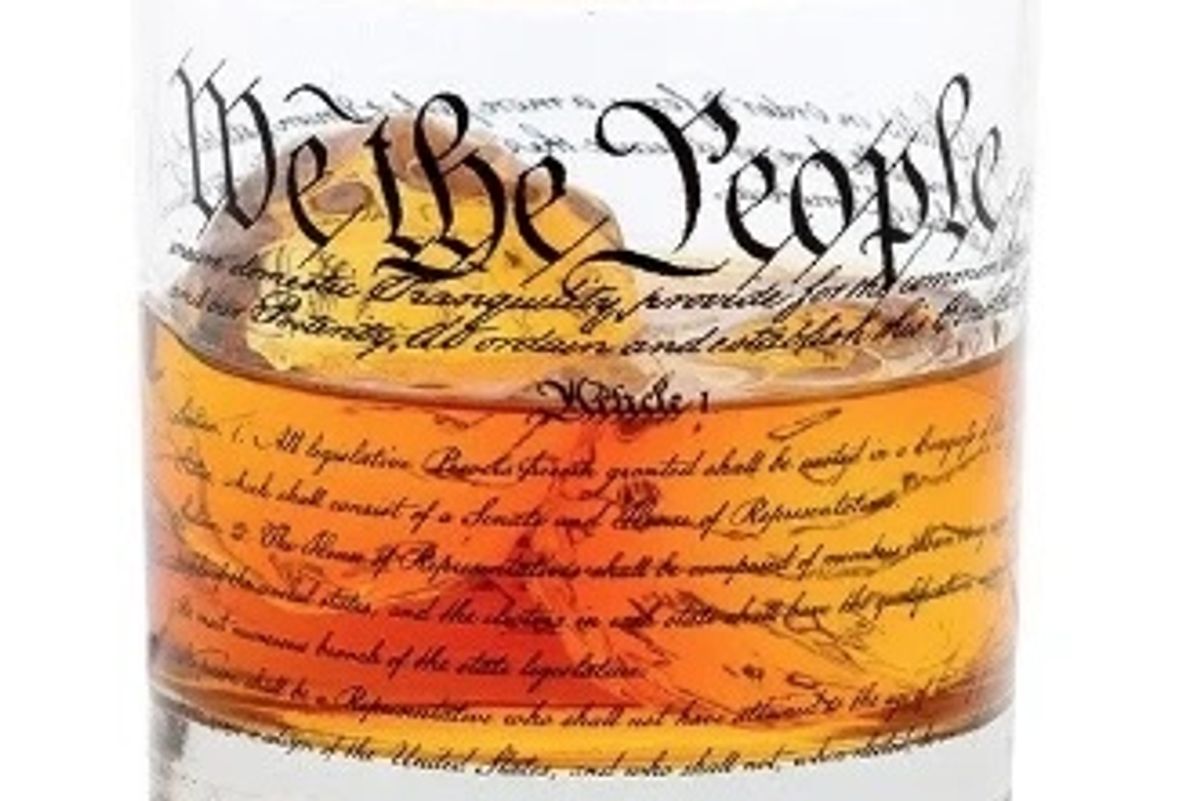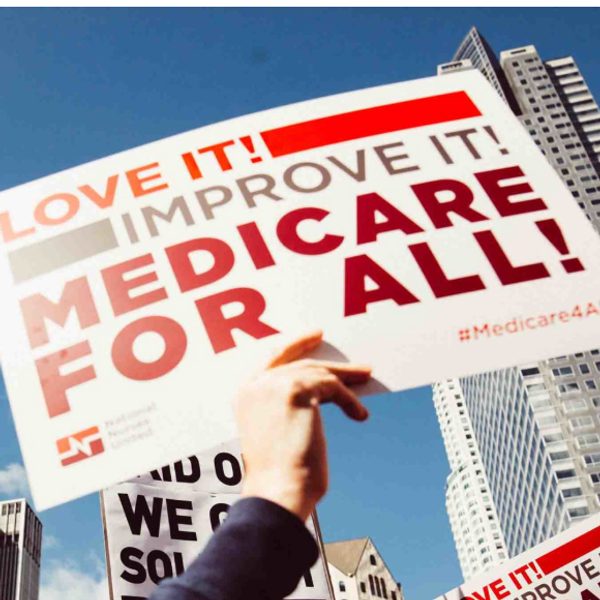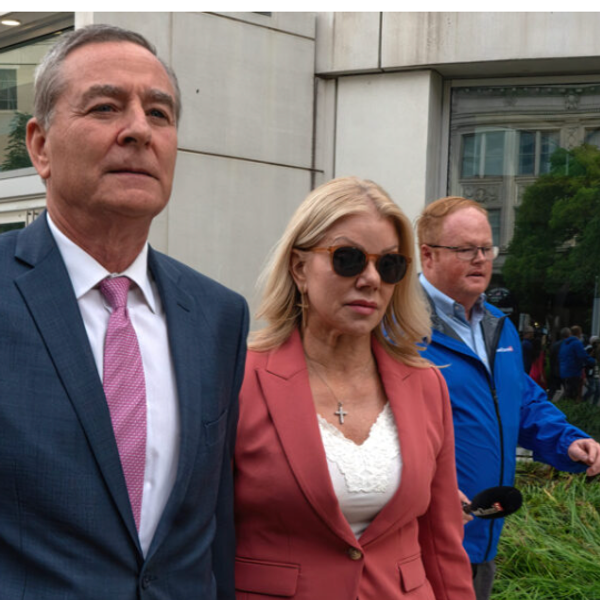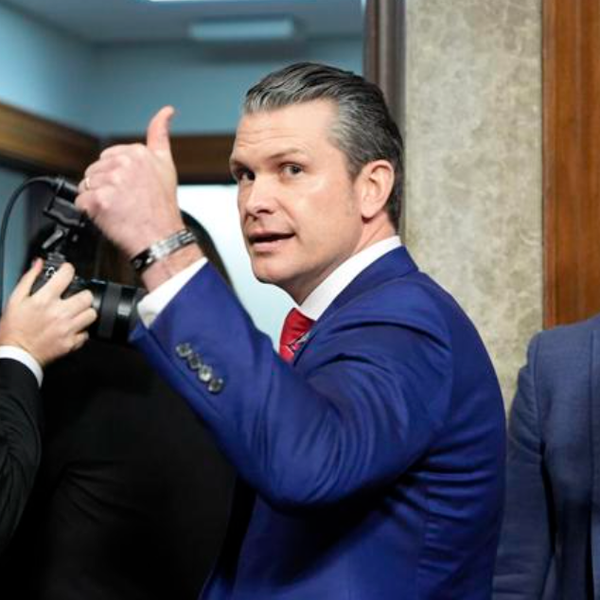Will Supreme Court Nix Trump Tariffs, Boost Economy -- And Aid GOP In 2026?
From most accounts of the justices’ reactions, it seems they were unimpressed with the argument from Donald Trump’s lawyers about his power to impose tariffs at will. They had trouble convincing the Supreme Court that the beginning of Section 8 of the Constitution, which lays out the powers of Congress -- “The Congress shall have Power To lay and collect Taxes, Duties, Imposts and Excises" -- does not actually mean that Congress has the power to impose taxes, including tariffs.
The conservative justices, all of whom have made a cult out of their supposed adherence to the original text of the Constitution, might find they would have to bend themselves into even more knots than usual to turn the plain wording of the Constitution on its head and rule in Trump’s favor.
It’s not just integrity that would push them to rule against Trump; it’s also clearly in the interest of the business community to have a tariff regime that doesn’t shift based on the president’s feelings. Businesses making long-term investments need to know whether their inputs will be available at relatively low tariff rates or whether Trump will suddenly whack them with a 50 percent tariff, as he has done repeatedly.
This certainly is also needed in the other direction. If a steel company is making investments in the U.S. based on a 50 percent tariff on imported steel, they need some guarantee that a foreign producer won’t make a bribe to Trump and get their steel admitted tariff free.
The existing tariff regime provided this certainty. Trump’s tariff of the day policy does not.
While Trump is warning of the end of the world if his tariff power is reined in, such warnings are about as serious as his healthcare plan. We obviously would take in less revenue with lower tariffs, but so what?
The Republican Congress happily passed Trump's big tax cuts without any expectation of large amounts of tariff revenue. The loss of this revenue will just put us back to where we were in March in terms of the budget.
Trump has his imaginary $18 trillion in foreign investment which he attributes to the tariffs. He can just attribute this imaginary investment to something else, and all will be fine.
And Trump has his eight wars that he imagines he settled by his tariff threats. Again, he can use some other mechanism to get imaginary peace settlements to imaginary wars.
The real story of the Trump tariffs is very simple. They are a tax on the American people, and in fact a very large one.
The government collected just under $30 billion in import taxes in September of this year, the most recent data available. That compares to around $7 billion last year. The increase of $23 billion would imply a tax of almost $270 billion on an annual basis, or 0.9 percent of GDP. This is one of the largest tax increases in the country’s history.
If the court rules against Trump, then this tax increase likely would be reversed. In fact, the Court could even require that the money collected be returned to the companies that paid it, in effect giving a rebate of $200 billion to U.S. importers. This would be putting a large amount of money into these companies’ pockets, some of which would be spent and boost the economy.
We also don’t know the timing of any court decisions. If they wait until June of next year, when they issue most of their major decisions, then the justices may be giving the country a huge tax break just in time to rev the economy up for the election.
It’s very difficult to say what the economy will look like by next summer. Trump’s tariffs, his budget cuts and layoffs, and mass deportations have been a real hit to the labor market. Job growth has slowed to a crawl, real wage growth is near zero, and the unemployment rate had edged higher as of August. (Trump has the September jobs report but has decided not to release it.) That looks like a path of gradual slowing and rising unemployment for the foreseeable future.
However, we have a big unknown in the form of the AI bubble. Having followed closely both the tech bubble in the 90s and the housing bubble in the 00s, I know that a bubble’s end is hard to predict. Both bubbles went on far longer and grew much larger than I would have anticipated. If the bubble continues to grow, next summer we are still likely to be on the path of modest GDP growth and labor market weakening we see today. If it bursts, then a recession is virtually assured.
In that case, the big tax break the Supreme Court would give us by ending the Trump tariffs would be a major boost to the economy. It would not be large enough to reverse the effect of a collapsing bubble, but it would be an important support to the economy when it badly needs it. Congress would have to do more, but hey, the Supreme Court can only do so much when all the responsible people setting policy have left town.
Dean Baker is a senior economist at the Center for Economic and Policy Research and the author of the 2016 book Rigged: How Globalization and the Rules of the Modern Economy Were Structured to Make the Rich Richer. Please consider subscribing to his Substack.
Reprinted with permission from Dean Baker.

